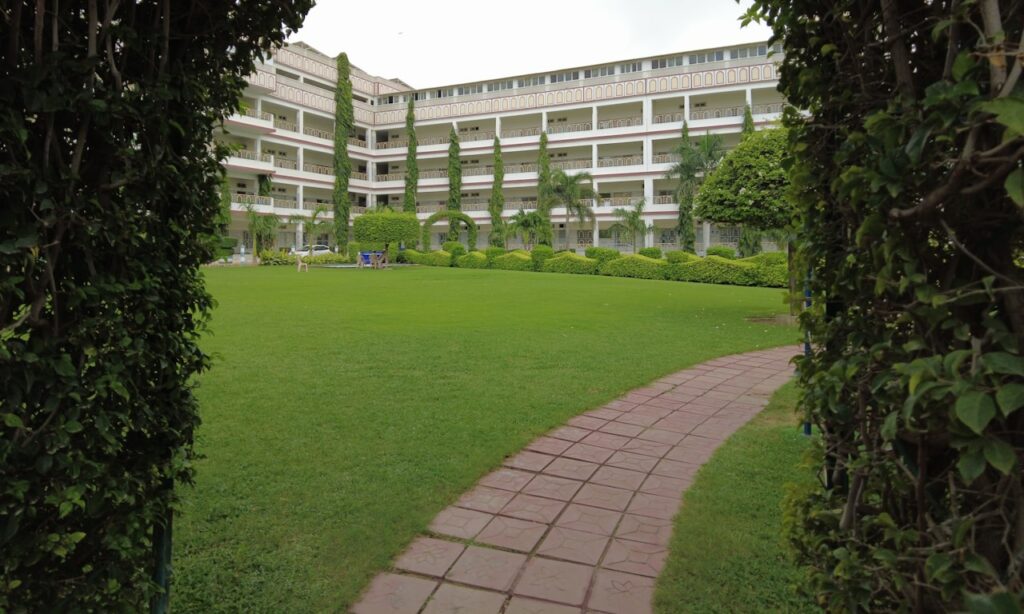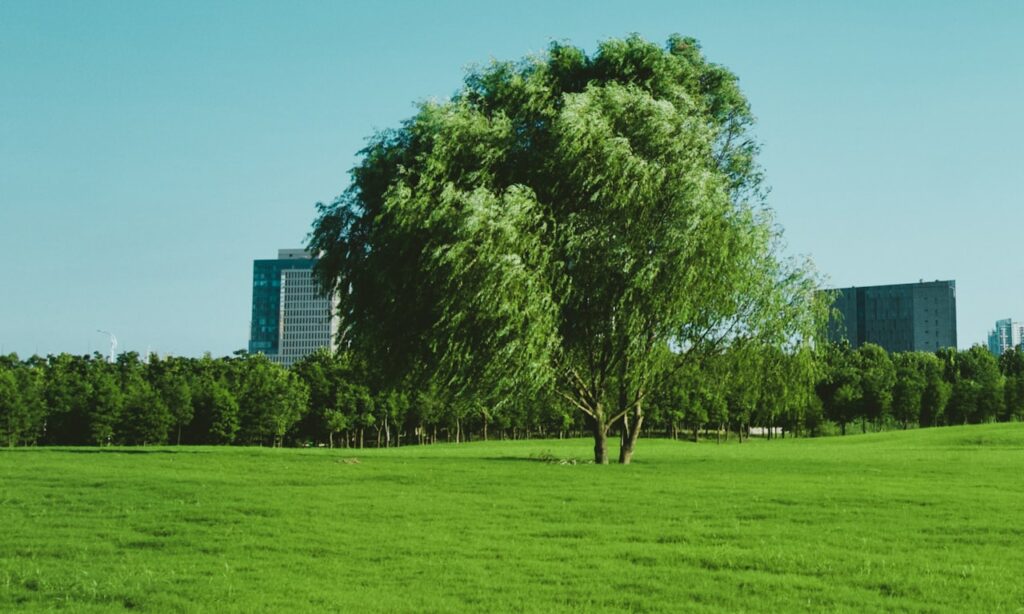Trees are the silent giants of our world, offering shade, beauty, and even a touch of magic to our landscapes. But just like any living thing, they need a little TLC to stay healthy and happy. And that’s where tree trimming comes in, folks!
Now, don’t confuse this with the dreaded “hack and slash” approach. Tree trimming is an art, a dance with nature, if you will. It’s about removing unwanted branches to promote healthy growth, improve aesthetics, and even prevent potential hazards. But before you grab the nearest saw and unleash your inner lumberjack, let’s delve into the secrets of tree-trimming wisdom!
Why Trim? More Than Just Aesthetics:
Think trimming is just about making your tree look pretty? Think again! Here’s why it’s crucial for your tree’s well-being:
- Improved Health: Removing dead, diseased, or overcrowded branches allows sunlight and air to reach healthy parts, promoting stronger growth and resistance to pests and diseases.
- Safety First: Dead or weak branches pose a danger, especially during storms. Trimming eliminates these risks, protecting your property and loved ones.
- Shape and Structure: Regular trimming helps maintain your tree’s desired shape and size, preventing it from interfering with power lines or buildings.
- Increased Lifespan: Proper trimming encourages healthy growth, potentially extending your tree’s life for generations to come.
Before You Snip: Know Your Tree, Know Your Limits:
Not all trees are created equal, and neither are all trimming jobs. Here’s where some knowledge comes in handy:
1. Tree Species: Different species have different growth patterns and pruning needs. Do your research to understand your specific tree’s requirements. 2. Trimming Season: Generally, late winter/early spring is the best time for most trees, when they’re dormant. However, some species may have different windows. 3. The Right Tools: Don’t grab your rusty kitchen shears! Invest in proper pruning tools like loppers, hand pruners, and saws suitable for your tree size and branch thickness. 4. Safety First: Always wear gloves, eye protection, and sturdy shoes when working with trees. If you’re unsure about a large or complex job, call in a professional arborist.
Trimming Techniques: From Snips to Swoops:
Now, let’s talk technique! Remember, these are just general tips, and consulting a professional is always recommended for specific needs.
- Thinning: Removes branches throughout the tree’s crown to improve air circulation and sunlight penetration. Think of it as giving your tree a haircut.
- Crown Raising: Removes lower branches to create clearance for pathways, buildings, or simply a more open look.
- Reduction: Reduces the overall height or spread of a tree, often for safety reasons or to control size.
- Deadwooding: Removes dead, diseased, or broken branches to prevent them from falling and causing damage.
Remember: Always use proper cutting techniques to avoid harming your tree. Make clean cuts at the branch collar, avoiding flush cuts or leaving stubs. And don’t remove more than 25% of the live crown in any one year.
Bonus Tips for Your Tree-tastic Journey:
- Don’t be afraid to seek professional help: Arborists are the tree whisperers, offering expert advice and ensuring your trimming is done right.
- Educate yourself: Learn about common tree diseases and pests to identify potential problems early on.
- Be patient: Tree care is a long-term commitment. Regular maintenance will ensure your tree thrives for years to come.
So, there you have it! With a little knowledge, the right tools, and a sprinkle of love, you can become a tree-trimming ninja, keeping your leafy companions healthy and beautiful for generations. Remember, responsible trimming is about creating a harmonious relationship with nature, one branch snip at a time.
Now get out there and embrace the power of tree care! Share your tree-trimming experiences and tips in the comments below.

